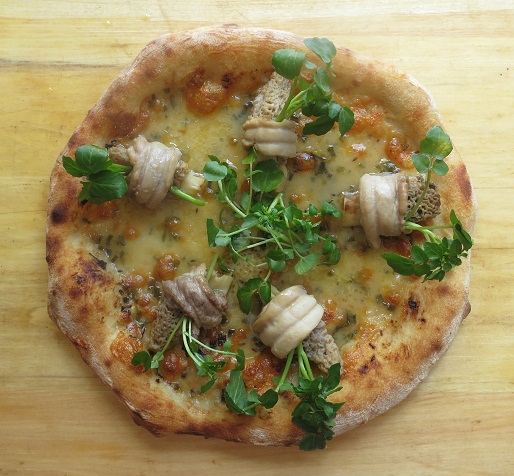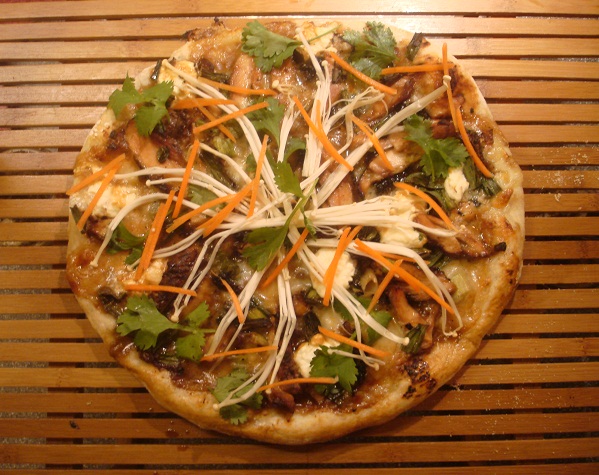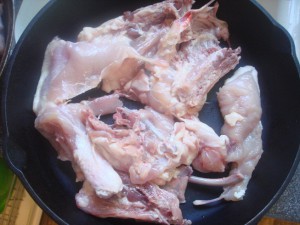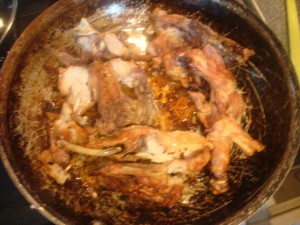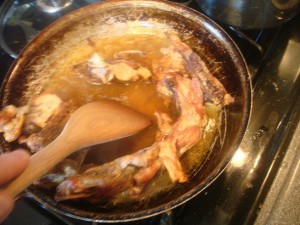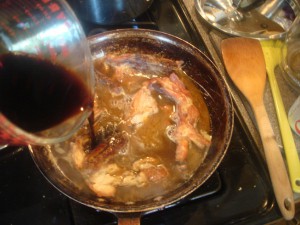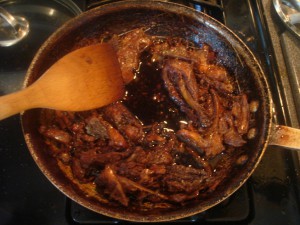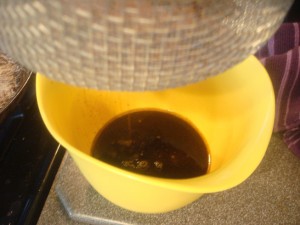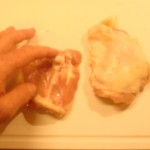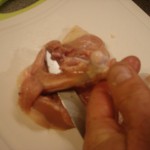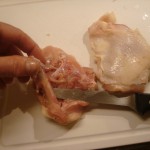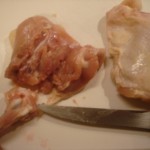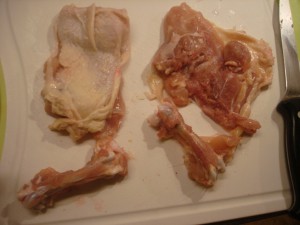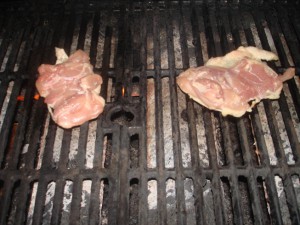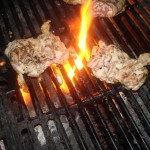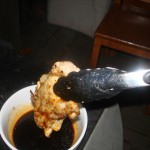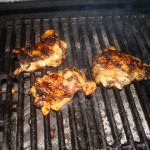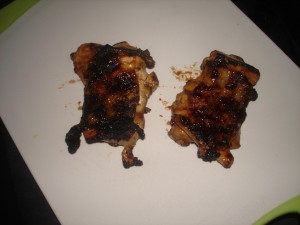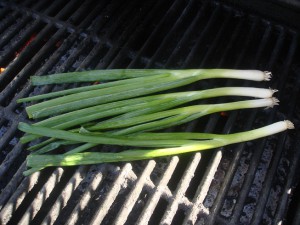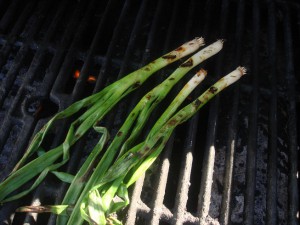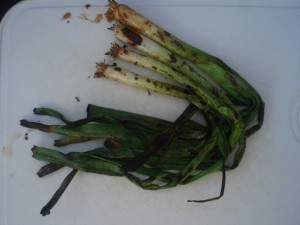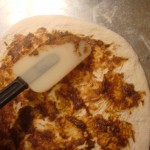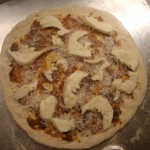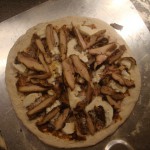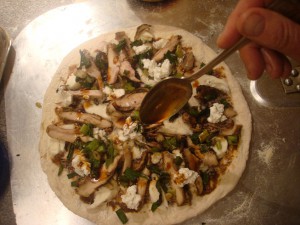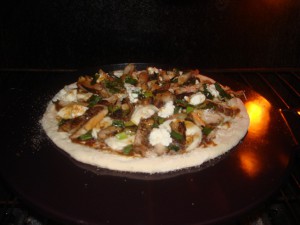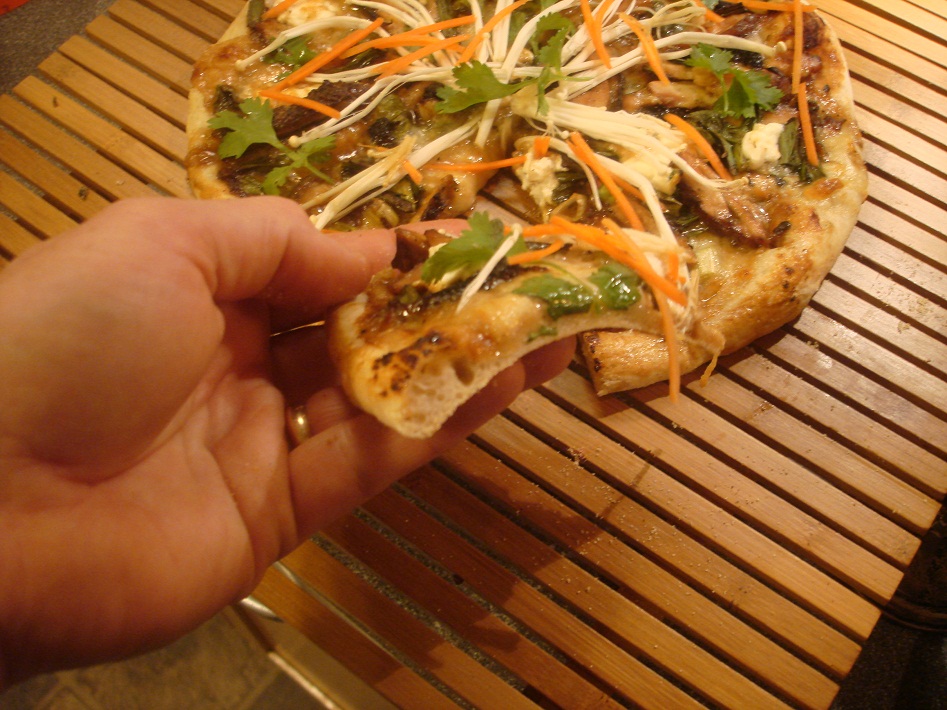
Right after describing this pizza to my wife, she said “John, did you know that there are different levels of madness?” Like a good husband, I totally ignored the comment and proceeded to do the unthinkable and dumped a cup of the best aged Parmigiano Reggiano into boiling water. That’s how this all started.


Last weekend, I was approached by one of the guys from the ‘Morel Mafia’ who stopped by my stall at the Athens Farmers Market and sold me some really great looking morel mushrooms. It was then I knew that spring was in full swing. As I looked throught the mass of market shoppers, I saw that Margie Shew had some great looking fresh watercress that she grows at Shews Orchard at this time of the year and the rusted cogs in my pizza brain started clicking away. This pizza was gonna rock the same way spring rocks!
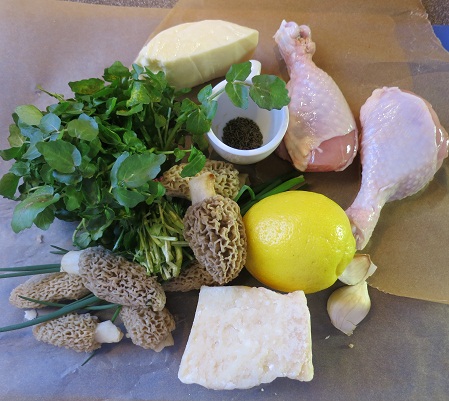
I love watercress and chicken so I got a few thighs together, a nice brick of Parmigiano Reggiano, the morels, garlic, lemon and some nice Bulgarian Kashkaval cheese and went to work. Oh, I love caraway seeds with morels, it’s one of those combo’s like mango and lime or cauliflower and gruyere or eggplant and mint or…don’t get me started.
But first, the Parmesan water:
This liquid is the rendered liquid essence of pure Parmigiano! I’ve used it as a sauce, a seaweed and shiitake soup by adding dashi broth, or by adding tomato water it makes a fabulous summertime chilled gazpacho broth.
Two cups water
One cup grated or chopped Parmigiano Reggiano (don’t substitute for the real stuff)
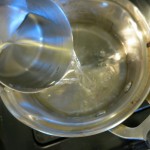
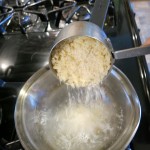

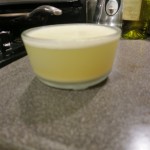
Bring the water to a boil and while it at a rolling boil add the cheese. Turn all heat off and stir with a whisk for 10 minutes until cooled down. Add to a glass bowl and cover when cool enough. Store in the refrigerator for two days.
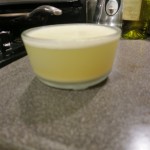
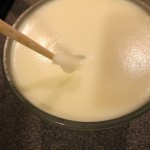
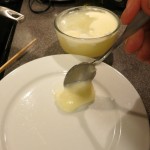
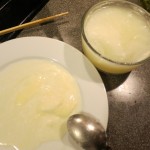
After two days in the fridge, three levels will have formed in the bowl. The heavy milk solids will have fallen to the bottom, the light cream will have congealed on the top and in the middle will be a foggy water. Using a spoon and a deft hand, gently scrape the hardened cream off the top and reserve for later.
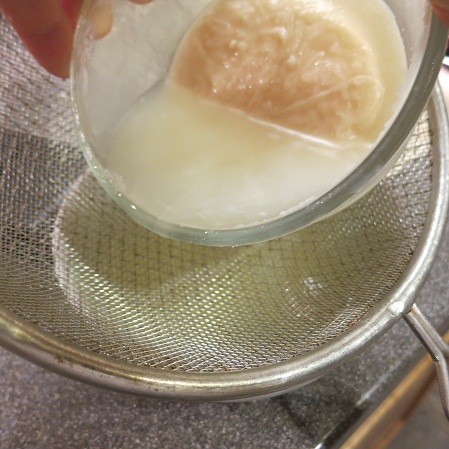
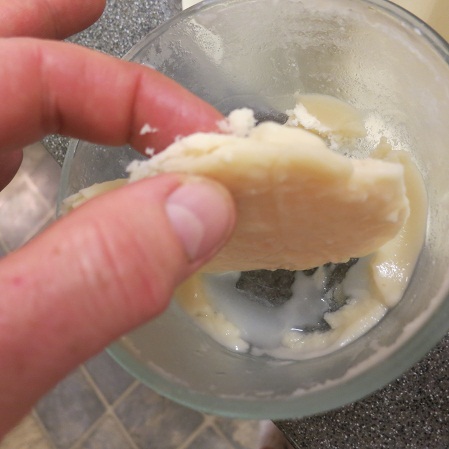
Pour the water through a strainer, (for this recipe, I only strained through a regular wire strainer.) The solids can be used for grating in ricotta or as chips or even in breads.
For the Chicken:
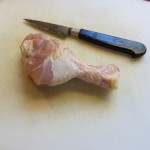
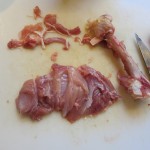
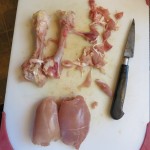
Skin and debone the chicken leg carefully. Cut the sinew out without compromising the integrity of the meat. Rememeber you need a single piece of meat. This may be hard to do because thier usually a small muscled chunk that is not connected well. (The next anatomist or chicken I encounter, I’ll ask them.)
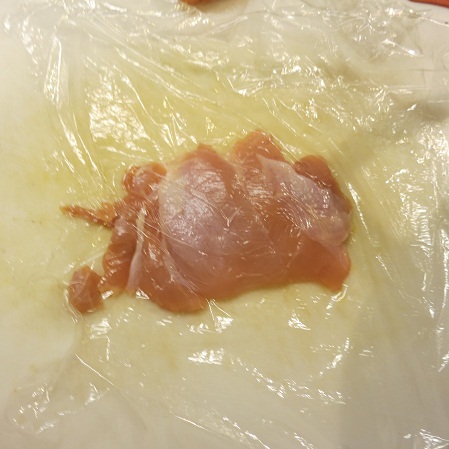
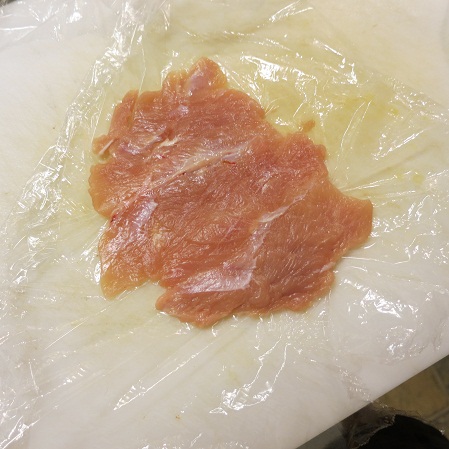
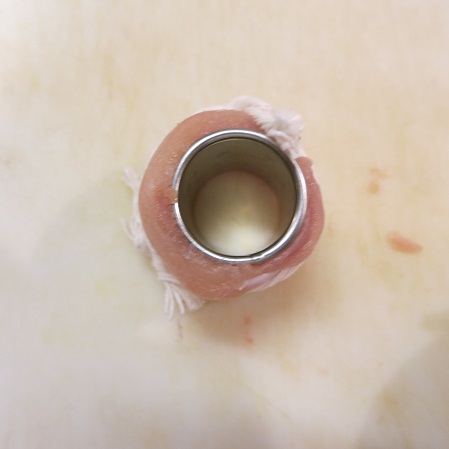
Take each leg meat and lay on plastic wrap. Put another piece on top and pound the crap out of it. I lost my meat mallet (probably in the sand box) so I had to use a rolling pin then the bottom of a heavy pan. Once pounded measure a 1 inch cutter height and cut the leg meat. Spray the cutter with oil and wrap the chicken around the cutter. I was tempted to use some meat glue but the twine worked just fine.
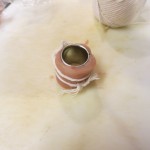
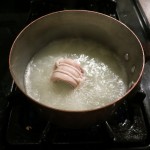
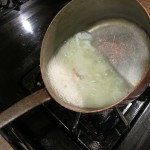
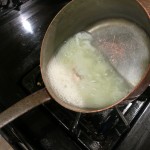
Take the round of leg meat and heat the parmesan water in a small sauce pan. Once the water comes to a boil insert the chicken. Cook for three to five minutes. It will cook fast because of the metal conduction and the hole. I found that if you tilt the pan and don’t spill the parmesan water (like I did,) the chicken will be more evenly cooked like above. Once the chicken is done, place in a covered container and refrigerate.
For the morel and sauce prep:
Two tablespoons extra virgin olive oil
Five to seven fresh morel mushrooms
Juice from one half of a lemon
One tablespoon caraway seeds
One half cup chicken stock
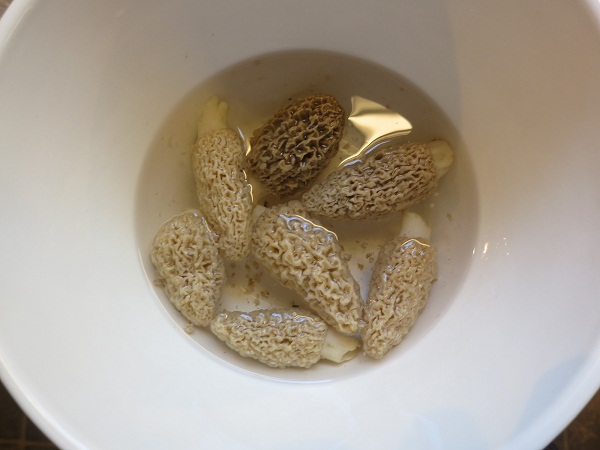

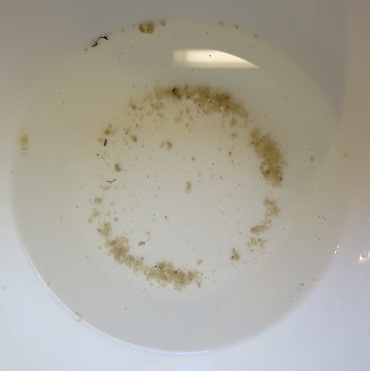
Place the morels in cool water and let sit under the water for at least 15 minutes. (NOTE) Some gregarious morel eaters use salted water but if you do this, you will kill the spores floating around in the water with the small bugs and crap that uses the morel as a New York apartment complex. Take the morels out and place on paper towels. SAVE THE WATER AND THROW AROUND A TREE IN YOUR YARD, THE SPORES HAVE A WAY OF RE-APPEARING EVERY YEAR!
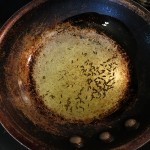
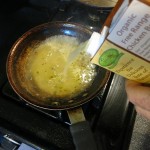
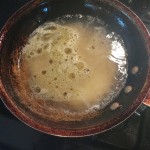
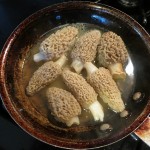
Place the extra virgin olive oil in a pan under medium heat with caraway seeds and saute for five minutes. Add chicken stock to pan and bring to a boil. Turn heat off. Add morels for ten seconds on each side. You are not cooking the mushrooms, just a quick poach that’s all. Take them out and reserve for later.
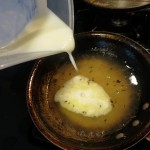
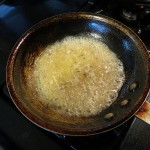
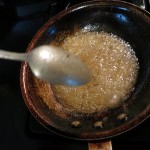
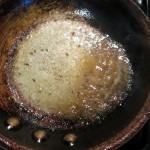
Add two tablespoons of the parmesan cream from the top of the parm-water to the caraway stock. Reduce till it coats back of spoon.
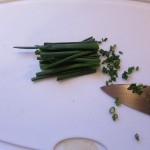
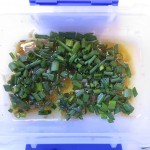
Cut chives and add to the cooled sauce.
For the pizza:
Pre-heat oven to 500 degrees without burning your house down.
Bang out a seven ounce dough ball from the Easy Dough Recipe on this blog to a 10-11 inch round pizza dough.
Pre-prepared caraway and chicken stock for sauce (above)
One cup Bulgarian Kashkaval cheese cut or shredded
Five pre-prepared chicken and morel rings
One bunch local watercress
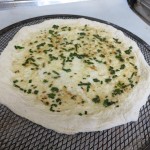
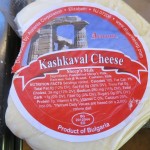

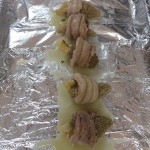
Place sauce on pizza dough. Cut or tear about 1 cup of Kashkaval cheese and place on pizza. stuff the chicken rings with the morels and place on a piece of foil on a cookie sheet pour any extra parmesan water or drippings on the chicken. Place cheesed pizza in the oven. Wait for 6 minutes then put chicken and morels in the oven. Cook pizza for a total 12 to 15 minutes until golden brown. The chicken should be warmed up enough after eight to 10 minutes. (If you are worried about the chicken, it should be at an internal temp of 165.)

